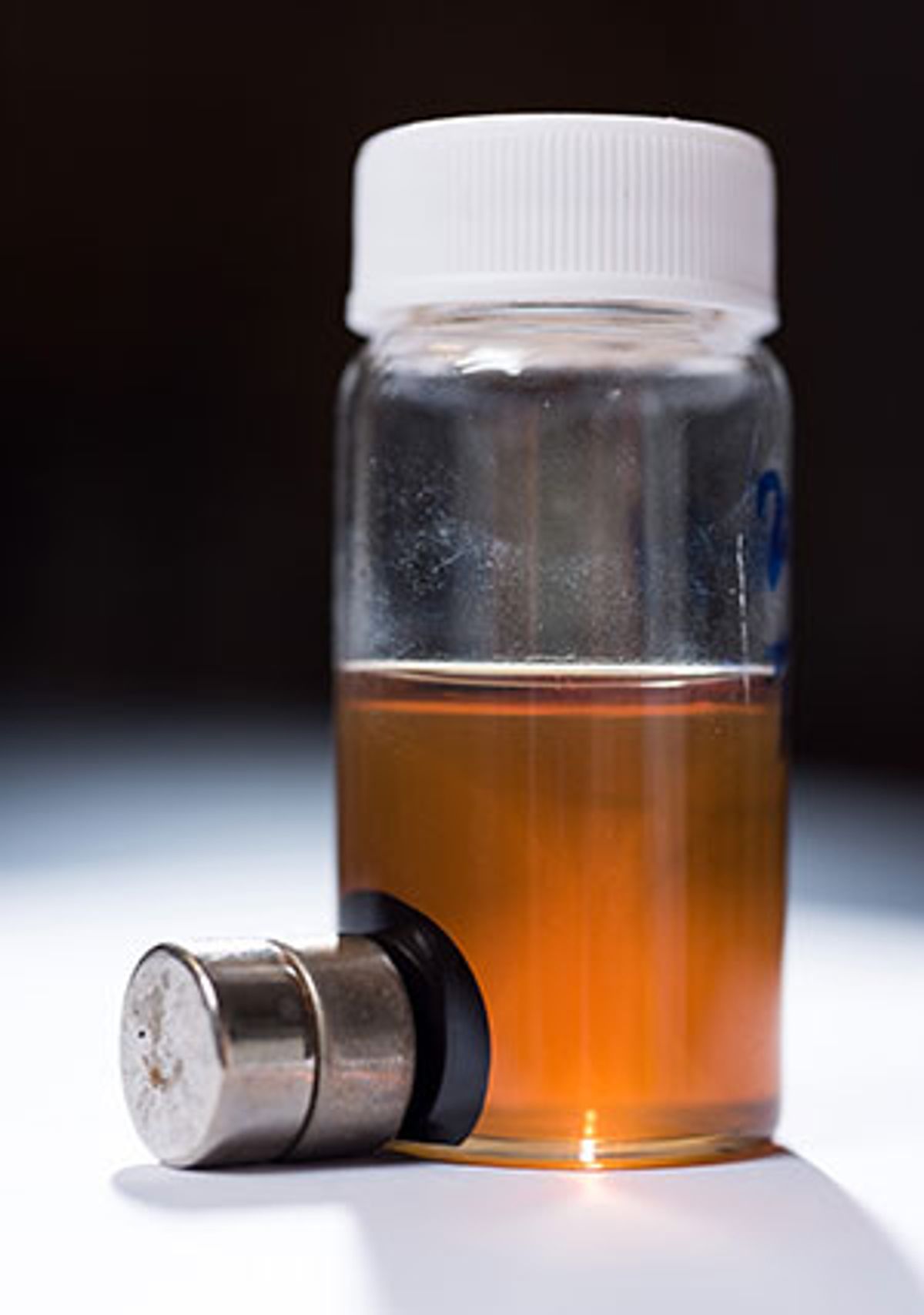The optical, electrical, and magnetic properties of one-dimensional nanomaterials such as nanorods, nanocrystals, and nanotubesdepend on their size and shape. A number of manufacturing techniques like chemical vapor deposition have been used to try and control these dimensions. However, these manufacturing techniques require tailor-made, multi-step reactions and purification procedures that are difficult to generalize.
Now, researchers at the Georgia Institute of Technology have developed a far more generalized approach that allows the production of many different kinds of one-dimensional nanorods from a wide range of precursor materials. The key to the technique is the use of block copolymer “arms” to create nanometer-scale compartments that serve as chemical reactors. The outer blocks of the arms prevent the aggregation of the nanorods.
Block copolymers are sequences of one type of monomer (a molecule that binds to other molecules to form a polymer) that are bound to sequences of another monomer and have the ability to self assemble into defined arrays of nanostructures covering macroscopic areas. The International Technology Roadmap for Semiconductors predicted as early as 2007 that block copolymers would be needed in order to proceed to the next generation of computing.
The block copolymers that the Georgia Tech team used to produce the nanorods resemble tiny bottlebrushes, which explains why they have been dubbed bottlebrush-like block copolymers (BBCPs).
“We have developed a very general and robust strategy to craft a rich variety of nanorods with precisely-controlled dimensions, compositions, architectures and surface chemistries,” said Zhiqun Lin, a professor at Georgia Tech, in a press release. “To create these structures, we used nonlinear bottlebrush-like block copolymers as tiny reactors to template the growth of an exciting variety of inorganic nanorods.”
The process, described in the journal Science, begins with functionalizing individual lengths of cellulose, a biopolymer harvested from trees. The cellulose is chemically modified with a bromine atom, after which it serves as a tool for initiating the growth of block copolymer arms with well-controlled lengths. The next step involves portioning the precursors into the various compartments of the block copolymers that serve as nanoreactors (where the nucleation and growth of the nanorods is initiated). The rigid cellulose backbone of the BBCP, along with its densely packed arms, not only prevents the nanorods from becoming an undifferentiated horde, it also keeps them from getting bent.
“The polymers are like long spaghetti and they want to coil up,” Lin explained. “But they cannot do this in the complex macromolecules we make because with so many block copolymer arms formed, there is no space. This leads to the stretching of the arms, forming a very rigid structure.”
The process is also highly adaptable. With a few variations in the chemistry and number of blocks in the BBCPs, the researchers were able to fine-tune the sizes, compositions, and, therefore, the properties of nanorods and nanotubes.
“With a broad range of physical properties—optical, electrical, optoelectronic, catalytic, magnetic, and sensing—that are dependent sensitively on their size and shape as well as their assemblies, the produced nanorods are of both fundamental and practical interest,” Lin said. Among the potential applications, he says, are optics, photonics, sensory materials and devices, lightweight structural materials, and bio-nanotechnology.
Dexter Johnson is a contributing editor at IEEE Spectrum, with a focus on nanotechnology.



